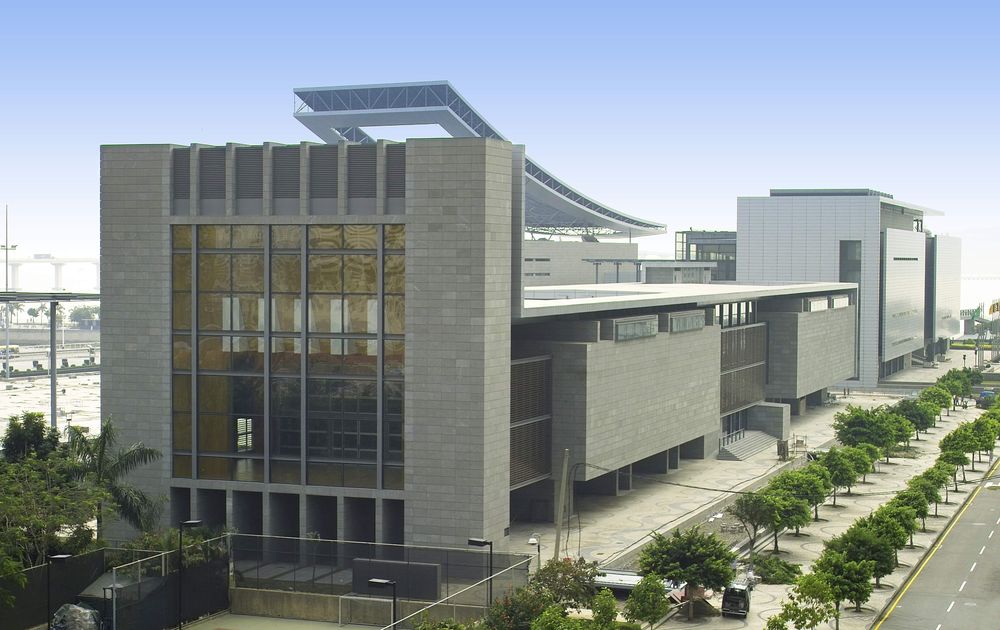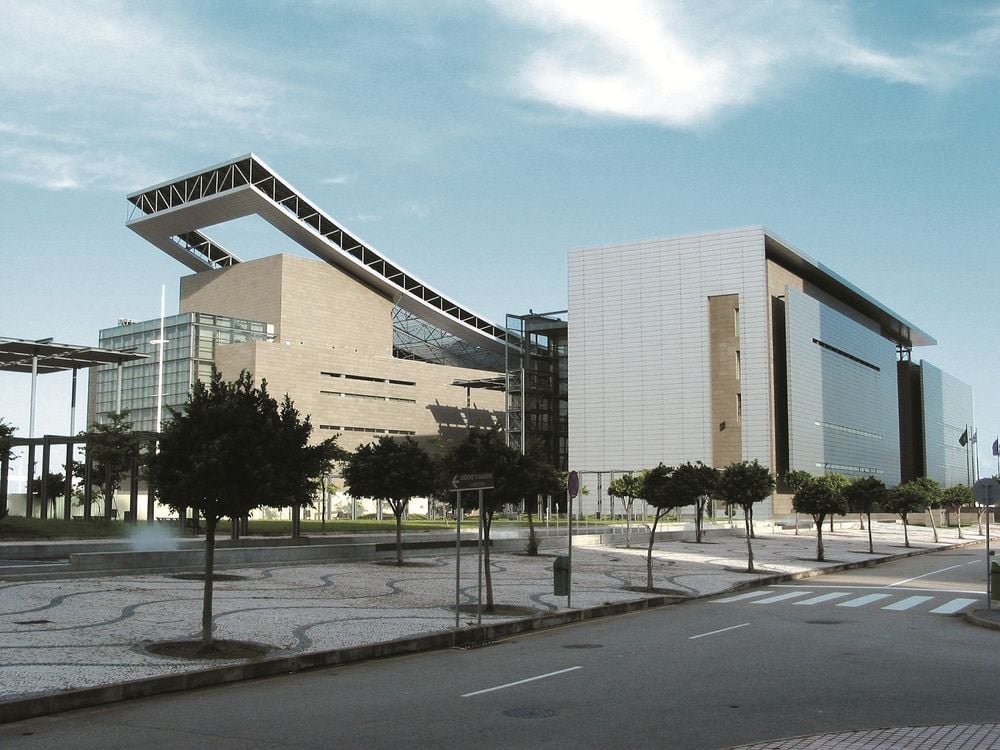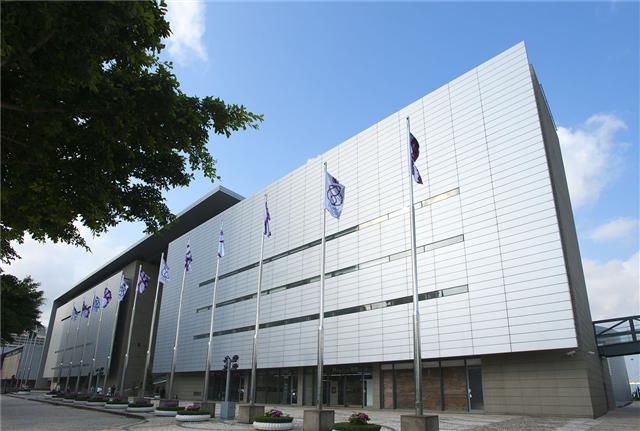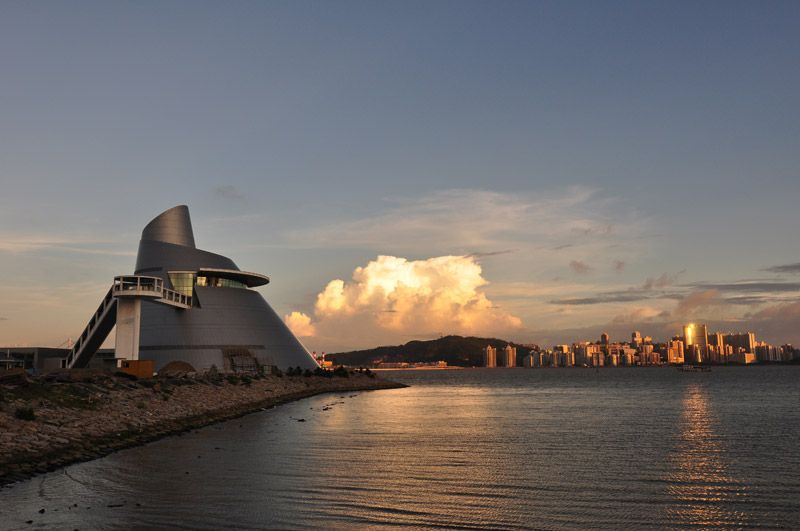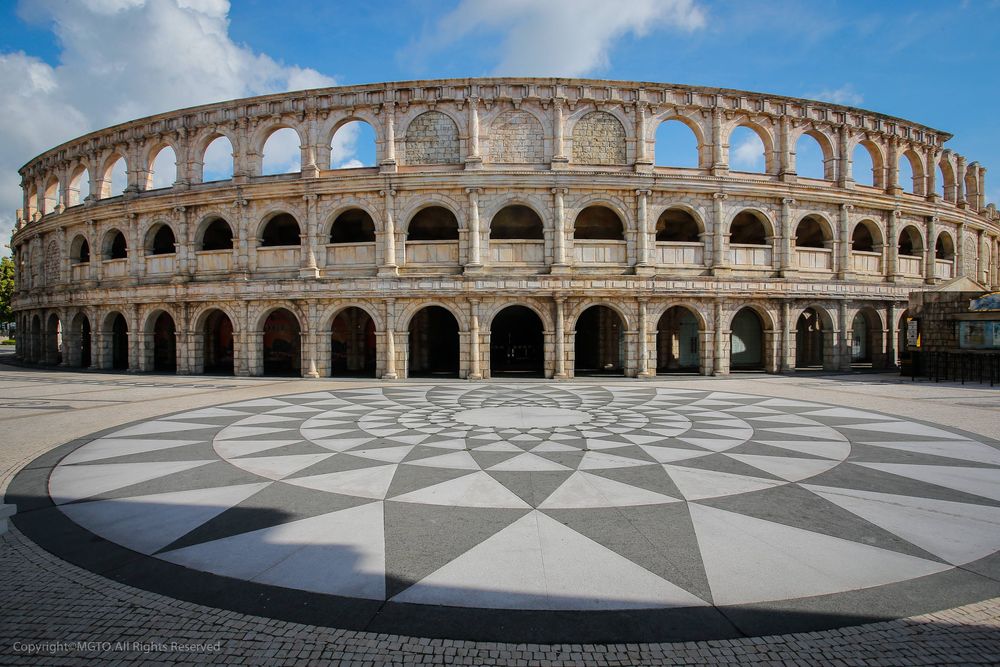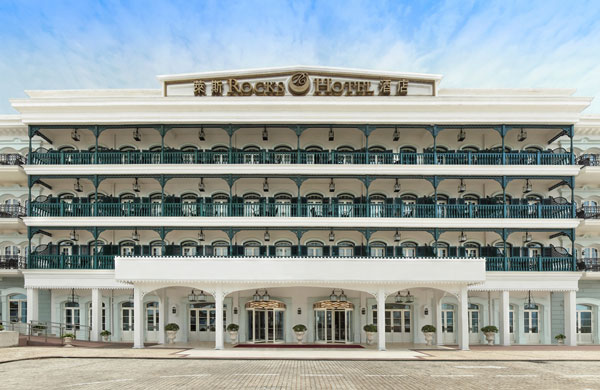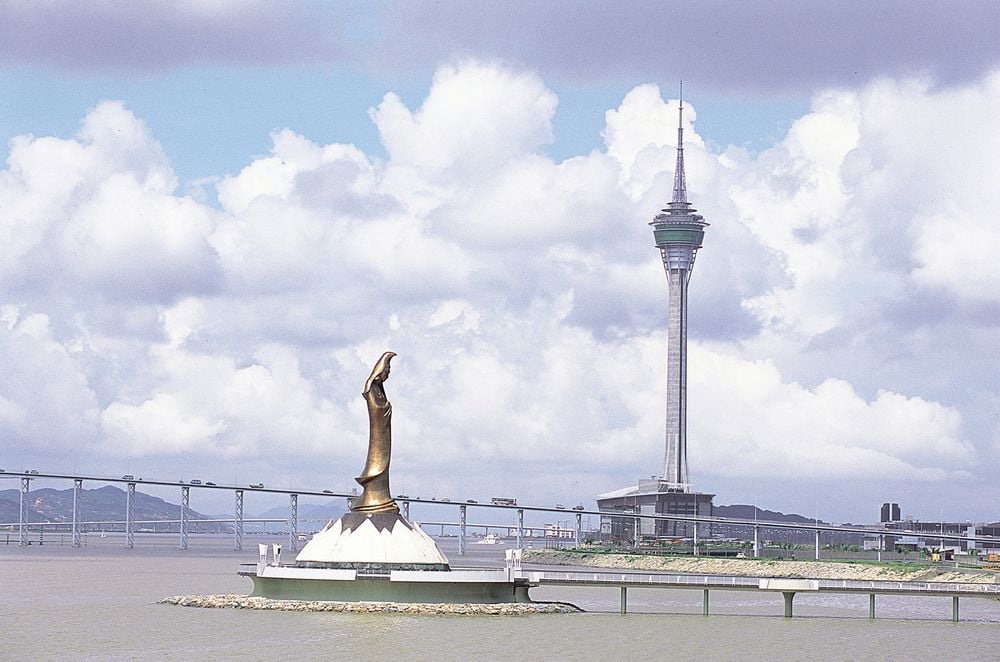More than four centuries after the Portuguese settled in Macau in 1557, the enclave was returned to Chinese administration on December 20, 1999. But why was that particular date chosen for the handover?
Unlike the British, who enjoyed full sovereignty over Hong Kong until the handover in 1997, the Portuguese had acknowledged Chinese sovereignty over Macau decades earlier. They were the administrators, but not the sovereign power.
Portugal had, in fact, tried to hand the territory back to China twice - first in 1967 following riots during the Cultural Revolution, which spilled over into Macau, and again after the 1974 military revolution in Portugal, which led to the decolonisation of the country's five colonies in Africa and its disastrous withdrawal from East Timor. But on both occasions, China asked Portugal to stay on as administrators of the enclave.
During negotiations between the two countries on Macau's future, the Portuguese tried to convince the Chinese to let them remain as administrators for another half-century. The Portuguese were hoping Beijing would allow them to continue administering until 2057, in order to end their tenure at an even 500 years. China was adamant, however, that Portugal be out of Macau before the new millennium.
Because they had to give up Macau before the end of 1999, the Portuguese decided to complete the handover before Christmas so that administrators and their families could return home in time to celebrate their country’s most important holiday. So a solemn ceremony was held at a temporary venue on the shores of the Outer Harbour on the evening of December 20.
Minutes before midnight, Portugal’s flag was lowered to the strains of Heroes of the Sea, the Portuguese national anthem. At the stroke of midnight, China’s flag was raised while March of the Volunteers, the Chinese national anthem, played.
The ceremony site has since become a cultural destination. The
Handover Gifts Museum of Macao was built there a few years later, featuring two exhibition halls. The first showcases local culture and the history of Macau. The second displays the gifts presented to Macau in celebration of the handover by the State Council of The People’s Republic of China, various Chinese provinces, municipalities and autonomous regions, and the Hong Kong Special Administrative Region.
The museum is part of the 45,000-square-metre
Macao Cultural Centre, which has two auditoriums for performances, conferences and exhibitions. Broadway musicals, opera, ballet, modern dance, concerts and various other types of performances are frequently staged at the venue.
The Macao Cultural Centre has one other museum, the
Macao Art Museum, which has several themed exhibition areas spread across 4,000 square metres on five floors. Permanent collections include Chinese painting, calligraphy and ceramics, as well as contemporary works of art. The most fascinating collection showcases historical paintings of Macau. Special exhibitions are also presented.
Nearby is the
Macao Science Centre, which was designed by renowned Chinese-American architect IM Pei, who also designed the Bank of China Building in Hong Kong and the glass pyramid entrance to the Louvre in Paris. The 20,000-square-metre complex has the world's highest-resolution 3D planetarium, an exhibition centre and facilities for conventions.
It also includes 14 galleries built around an upward spiral. Two of the galleries house special exhibitions. The others feature themes including Space Science, Fun Science, Children’s Science, Science Express, Robotics, Sound, Earth, Genetics (DNA), Eco-conservation, Sports Health, Sports Challenge and Food Science.
Also in the area is
Macau Fisherman's Wharf, a theme park adjacent to the Macau Maritime Terminal. Its buildings are patterned after the coastal towns of Amsterdam, Cape Town, Miami, New Orleans, and Venice, as well as the Italian Riviera and the coastal regions of Portugal and Spain.
The complex houses around 150 shops and boutiques and two casinos. There are several restaurants serving Chinese, Indian, Mediterranean, Portuguese and Thai cuisine as well as a coffee house, a bakery, and several bars and cocktail lounges. Among the more interesting offerings is AfriKana, an African-themed bar with eight thatched-roof pavilions, karaoke and snooker facilities, and live music nightly from 9pm to 1am.
Fisherman's Wharf has two hotels, both with stunning views of the Outer Harbour. The
Harbourview Hotel, the larger of the two, is patterned after 18th-century Prague, while
Rocks Hotel is a Victorian-era boutique hotel with French windows opening onto balustraded balconies. Enjoying high tea at Vic's on the ground floor or watching the sun sink into the South China Sea over cocktails at the rooftop Sky Lounge are highly recommended.
The Kun Iam Ecumenical Centre
The
Kun Iam Ecumenical Centre is a Buddhist cultural centre situated on a man-made islet in the Outer Harbour. Shaped like a lotus blossom, the centre houses a multifunction room, a souvenir counter, a contemplation room and a small library. Atop the dome-shaped base sits a 20-metre-high bronze statue of Kun Iam, the goddess of mercy, which is beautifully lit at night. The centre can be reached via a 60-metre causeway.
All of these Outer Harbour venues are within walking distance of each another.
For more information on A Legacy of Arts and Culture walk - part of the Step Out, Experience Macau’s Communities series, visit here.
